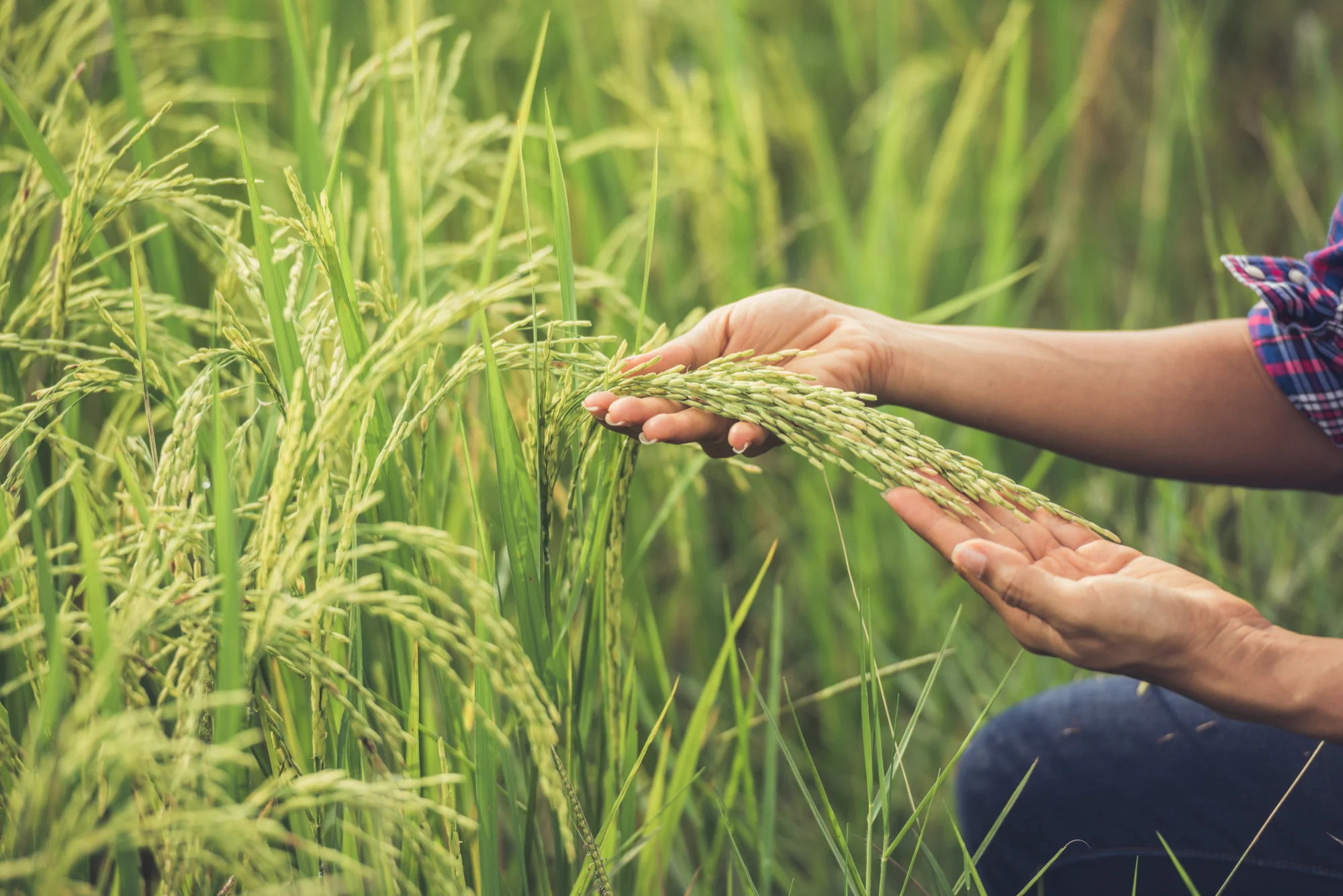Enhanced Photosynthesis and Resource Efficiency in Rice Plants With Sargassum wightii Soil Treatment
DOI: 10.1016/j.envres.2024.118179
Amidst the crisis of decreasing agricultural yields brought about by environmental degradation, a groundbreaking study published in Environmental Research heralds a promising solution. Researchers from the Sri Paramakalyani Centre for Excellence in Environmental Sciences at Manonmaniam Sundaranar University in collaboration with international experts have unveiled that the application of organic seaweed amendments can significantly manage the toxicities caused by excessive soil H+ ions, thus bolstering rice production. This innovative strategy, employing Sargassum wightii-based biostimulants (BS), not only improves soil quality but leads to an impressive increase in crop yield and resource efficiency.
Breaking Ground in Soil Management
Global soil acidification stands as a formidable adversary against agricultural productivity, especially for rice – a staple for more than half the world’s population. Acidic soils wreak havoc on rice plants, resulting in nutrient loss, reduced water availability, and a compromised photosynthetic system. This dire situation necessitates an effective means of alleviating the soil’s acidity without resorting to methods that may impart adverse environmental impacts.
The study in question, led by Chanthini Kanagaraj and co-authored by Muthu-Pandian, Sri Paramakalyani Centre for Excellence in Environmental Sciences, and other esteemed colleagues, showcases how Sargassum wightii seaweed-based biostimulants act as a silver bullet in this regard. The organic amendment fosters better soil structure by neutralizing acidity, leading to more robust plant growth and improved photosynthetic activity.
Ushering in Enhanced Plant Vitality
The researchers noted a remarkable augmentation in the plants’ natural antioxidant defense system post the application of BS. Enzymes critical for mitigating oxidative damage—superoxide dismutase, peroxidase, and ascorbate peroxidase—saw their activities soar by up to 76.6%. This boost in antioxidant activity was complemented by a build-up of protective molecules such as proline, signaling enhanced stress resistance in the rice plants.
An intriguing observation was the rapid root hair growth in the seedlings treated with the BS amendment, indicative of a robust establishment of the plants in the soil. This vigorous root system further implies a more efficient nutrient and water uptake, foundational for thriving crop growth.
Photosynthesis and Water Use Efficiency
The advent of BS amendment set off a chain of physiological enhancements within the rice plants. A notable 24.31% increase in chlorophyll content was recorded, pointing to a healthier and more efficient photosynthetic machinery. Additionally, the regulation of plant water use was evident as the study registered optimized stomatal conductance and transpiration rates in treated plants.
These improvements in water and nitrogen utilization reflected dramatically in the overall performance of the rice crop. The plants enjoyed a substantial 59% surge in growth, along with a 52.57% boost in yield. Nitrogen uptake and use, often hampered by acidified soils, hit an impressive efficiency of 71.96% with the seaweed amendment.
The Potential Unleashed by Organic Amendments
The application of Sargassum wightii amendment is a revelation in sustainable agriculture, suggesting that addressing soil acidification with such environmentally benign measures can directly translate to food security. These findings emphasize the multifaceted benefits of organic amendments – from environmental restoration to economic gains for farmers through increased crop yields.
Looking Ahead
Importantly, the implications of this study resonate beyond the realm of rice production. They pave the way for adopting similar organic amendments to cultivate other crops, potentially revolutionizing agriculture in acidified soil-dominant regions. This breakthrough brings us a step closer to realizing sustainable farming practices that align with ecological preservation and economic viability.
References
1. Kanagaraj, C., Muthu-Pandian, K. M., Ganesh-Subbaraja, G. S., Ponnusamy, M., Pauldurai, M., Arulsoosairaj, D.-A., Ramakrishnan, R., Narayanan, T.-R., Guilherme, M., Senthil-Nathan, S., & Prockow, J. (2024). Management of excessive soil H+ ion induced toxicities by application of organic seaweed amendment enhances photosynthesis and resource use efficiencies in rice (Oryza sativa). Environmental Research, 247, 118179. https://doi.org/10.1016/j.envres.2024.118179
2. Lal, R. (2004). Soil carbon sequestration impacts on global climate change and food security. Science, 304(5677), 1623–1627. https://doi.org/10.1126/science.1097396
3. Zhang, W. F., Dou, Z. X., He, P., Ju, X. T., Powlson, D., Chadwick, D., Norse, D., Lu, Y. L., Zhang, Y., Wu, L., Chen, X. P., Cassman, K. G., & Zhang, F. S. (2013). New technologies reduce greenhouse gas emissions from nitrogenous fertilizer in China. Proceedings of the National Academy of Sciences, 110(21), 8375–8380. https://doi.org/10.1073/pnas.1210447110
4. Sinha, R. K., Valani, D., Sinha, S., Singh, S., & Herat, S. (2010). Vermiculture and sustainable agriculture. American-Eurasian J. Agric. & Environ. Sci., 9(1), 1-55.
5. Ahmad, P., Jaleel, C. A., Salem, M. A., Nabi, G., & Sharma, S. (2010). Roles of enzymatic and nonenzymatic antioxidants in plants during abiotic stress. Critical Reviews in Biotechnology, 30(3), 161–175. https://doi.org/10.3109/07388550903524243
Keywords
1. Soil acidification management
2. Organic soil amendments
3. Sargassum wightii biostimulant
4. Rice production enhancement
5. Sustainable agricultural practices
This elaborate article significantly underscores the recent study’s findings and their implications in transforming global agricultural practices to be more sustainable and productive. With proper SEO optimization around the suggested keywords, we can reach a wider audience interested in innovative, eco-friendly solutions in farming.
